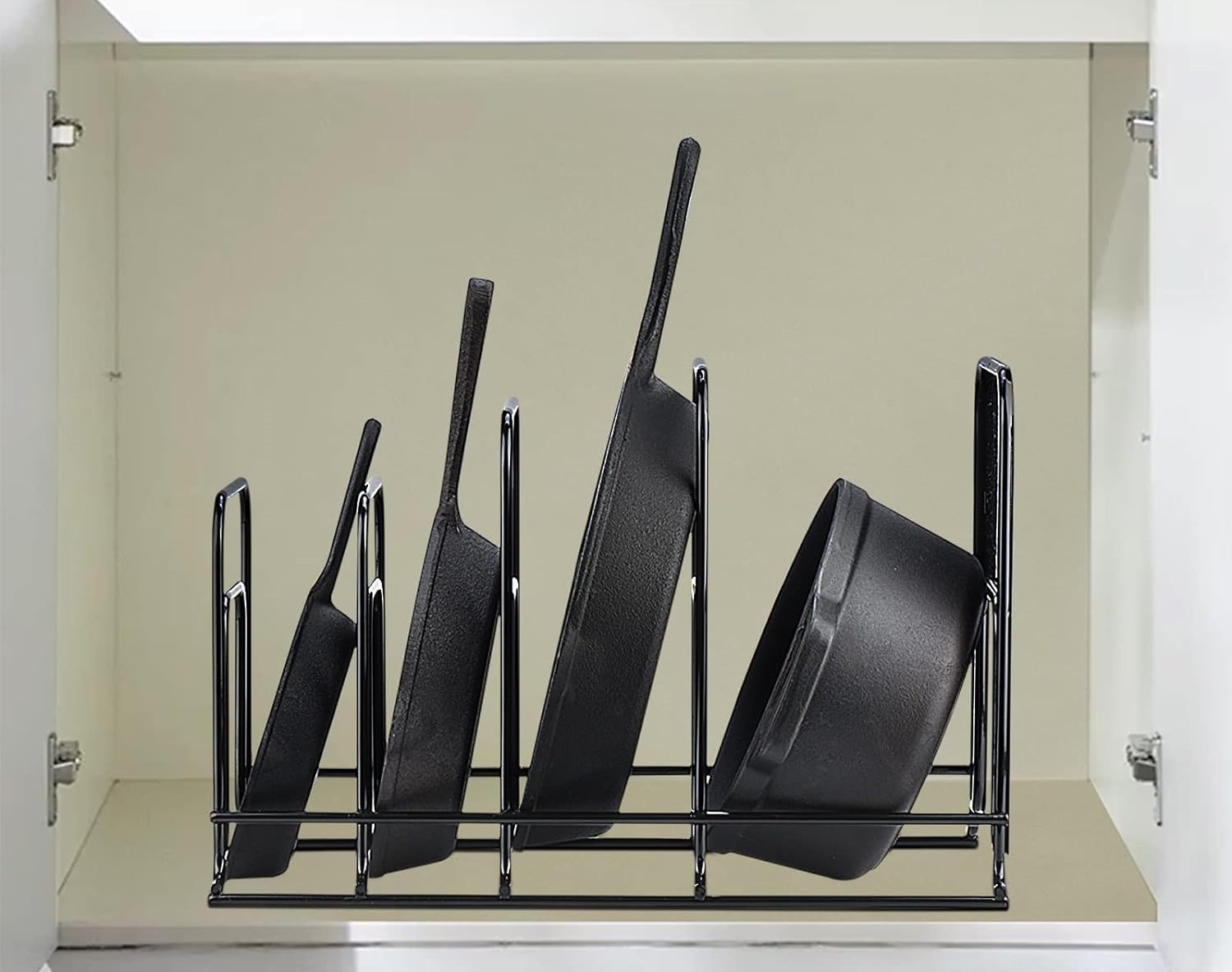

Articles
How To Store Cast Iron Skillet
Modified: February 28, 2024
Learn the best methods for storing your cast iron skillet with these helpful articles. Keep your skillet in perfect condition for years to come.
(Many of the links in this article redirect to a specific reviewed product. Your purchase of these products through affiliate links helps to generate commission for Storables.com, at no extra cost. Learn more)
Introduction
Cast iron skillets are not just versatile cooking tools; they are also valuable heirlooms that can last for generations when properly cared for. Whether you have just acquired your first cast iron skillet or have a collection of these culinary workhorses, it is essential to know how to store them correctly. Proper storage not only helps maintain the skillet’s seasoning but also prevents rust and damage.
In this article, we will outline the step-by-step process of storing your cast iron skillet to ensure its longevity. From cleaning and seasoning to choosing the right storage location, we will provide you with all the information you need to keep your cast iron skillet in pristine condition.
So, let’s dive in and discover the best practices for storing your cast iron skillet!
Key Takeaways:
- Properly storing your cast iron skillet involves cleaning, seasoning, and choosing the right location to maintain its quality and prevent rust and damage. Regular inspection and troubleshooting can ensure its longevity.
- When storing multiple cast iron skillets, prioritize organization and protection. Use separators, organizers, hanging racks, or storage boxes to prevent scratches and damage. Regularly inspect and troubleshoot to maintain quality.
Read more: How To Store A Cast Iron Skillet
Cleaning and Seasoning
Before storing your cast iron skillet, it is crucial to properly clean and season it. Cleaning removes any food residue, while seasoning helps create a protective layer on the skillet’s surface to prevent rust.
To clean your cast iron skillet, start by using a gentle scrub brush or non-abrasive sponge to remove any food particles. Avoid using soap or harsh detergents, as they can strip away the seasoning. Instead, rely on warm water and a bit of elbow grease to get the job done. If there are stubborn stains or residues, you can use coarse salt as a gentle abrasive.
After cleaning, thoroughly dry the skillet with a towel to remove any moisture. Moisture can cause rusting, so it is crucial to ensure the skillet is completely dry before storing.
Once your skillet is clean and dry, it’s time to season it. Seasoning involves applying a thin layer of oil to the skillet’s surface and baking it to create a polymerized coating. This coating not only provides a non-stick surface but also protects the skillet from rust.
To season your skillet, preheat your oven to around 350°F (175°C). Apply a thin layer of oil, such as vegetable oil or flaxseed oil, to the entire surface of the skillet, including the handle and the underside. You can use a paper towel or a cloth to evenly distribute the oil.
Place the skillet upside down on the oven rack to catch any excess oil while it bakes. Bake the skillet for an hour, then turn off the oven and let the skillet cool completely inside. Repeat this process a few times to build up a strong seasoning layer.
After seasoning, your cast iron skillet is ready for storage. However, it’s essential to maintain the seasoning by cooking with it regularly. The natural fats and oils from food help replenish the seasoned layer, making it even more non-stick over time.
By cleaning and seasoning your cast iron skillet, you ensure that it’s in prime condition for storage and ready for your next culinary adventure.
Choosing the Right Storage Location
When it comes to storing your cast iron skillet, the right location can make all the difference in maintaining its quality. Here are some factors to consider when selecting the ideal storage spot:
- Avoid Moisture: Moisture is the enemy of cast iron. It can cause rust and damage the skillet’s seasoning. Therefore, it is crucial to choose a storage location that is dry and well-ventilated. Avoid storing your skillet in a damp basement or under the sink where it may come into contact with water.
- Away from Heat Sources: While cast iron skillets are known for their ability to retain and distribute heat, high levels of heat can damage the skillet. Avoid storing it near stovetops, ovens, or any other heat sources to prevent excessive heat exposure.
- Shielded from Direct Sunlight: Direct sunlight can fade the skillet’s seasoning and cause discoloration. Opt for a storage location that is shielded from direct sunlight, such as a kitchen cabinet or pantry.
- Accessible and Convenient: Choose a storage spot that is easily accessible and convenient to reach when you need to retrieve the skillet. This will encourage regular use and prevent the skillet from being forgotten or neglected over time.
By considering these factors, you can select the optimal storage location that helps preserve your cast iron skillet’s quality and ensures its longevity.
Preparing the Skillet for Storage
Before you store your cast iron skillet, it is important to take a few steps to ensure its protection and maintain its quality during the storage period. Here are some essential tips for preparing your skillet for storage:
- Clean and Dry: Make sure your skillet is clean and completely dry before storing it. Any moisture left on the surface can lead to rust and damage the skillet’s seasoning. Use a cloth or paper towel to dry the skillet thoroughly.
- Remove Residue: Check for any food residue or oils that may have accumulated on the skillet’s surface. Use a gentle scrub brush or non-abrasive sponge to remove any residue. Avoid using soap or harsh detergents, as they can strip away the seasoning.
- Inspect for Rust: Examine the skillet for any signs of rust. If you notice any rust spots, use fine steel wool or a cast iron brush to gently remove them. Once the rust is removed, reseason the skillet before storing it to prevent further rusting.
- Apply a Thin Layer of Oil: Before storing, apply a thin layer of oil to the skillet’s surface to prevent rust and keep it well protected. You can use a paper towel or a cloth to evenly distribute the oil. Use oils with high smoke points, such as vegetable oil or flaxseed oil.
- Stack Properly: If you need to stack your cast iron skillets during storage, make sure to place a layer of paper towels or thin fabric between each skillet to prevent them from scratching or damaging each other. This will help maintain the skillet’s condition and extend its lifespan.
By following these steps, you can properly prepare your cast iron skillet for storage, ensuring its protection and maintaining its quality until it’s ready to be used again.
Methods of Storing the Cast Iron Skillet
There are several methods you can use to store your cast iron skillet, depending on your preferences and available space. Here are some common methods for storing cast iron skillets:
- Kitchen Cabinet or Pantry: One of the most common and convenient methods is to store your cast iron skillet in a kitchen cabinet or pantry. Make sure to place the skillet on a shelf with enough space to avoid any potential scratches or damage.
- Hanging Rack: If you have limited cabinet space or want to display your skillets, hanging racks can be a great storage option. Install a sturdy rack on your kitchen wall or ceiling and hang the skillet by its handle. This also adds a decorative touch to your kitchen.
- Open Shelf: If you have a spacious kitchen with open shelves, you can proudly display your cast iron skillets on the shelves. Just make sure to place them in a neat and organized manner to prevent any accidents.
- Cast Iron Skillet Organizer: There are specific cast iron skillet organizers available in the market that provide dedicated slots or compartments for each skillet. These organizers help keep your skillets safely stored and prevent them from rubbing against each other.
- Cast Iron Skillet Bag or Sleeve: Another option is to use a cast iron skillet bag or sleeve for storage. These protective covers are usually made of durable fabric and provide a cushioned layer to prevent scratches and maintain the skillet’s condition.
Regardless of the storage method you choose, make sure that the skillet is securely placed and protected from potential damage. Avoid overcrowding the storage space, as it may lead to accidental drops or damage to the skillet’s seasoning.
Remember, the key is to store your cast iron skillet in a clean, dry, and protected environment that allows for easy access whenever you need it.
After cleaning and drying your cast iron skillet, store it in a dry place to prevent rust. You can also place a paper towel or cloth inside the skillet to absorb any moisture. Avoid stacking other heavy items on top of it to prevent damage.
Wrapping or Covering the Skillet
To provide an extra layer of protection for your cast iron skillet during storage, you can consider wrapping or covering it. Here are a few options:
- Paper Towels or Cloth: Before storing your skillet, you can wrap it in paper towels or a thin cloth. This helps absorb any excess oil and prevents dust or debris from settling on the surface. Make sure that the paper towels or cloth are clean and dry before wrapping the skillet.
- Plastic Wrap or Zip-Top Bags: If you want to protect your skillet from exposure to air and moisture, you can use plastic wrap or zip-top bags. Place the skillet inside the bag and seal it tightly, removing as much air as possible. This method is especially useful if you are storing the skillet in a humid environment.
- Cast Iron Skillet Cover: Some manufacturers offer specially designed cast iron skillet covers or lids. These covers fit perfectly over the skillet’s top to protect it from dust and other contaminants. If you have such a cover, it can be an excellent option for keeping your skillet safe during storage.
- Cast Iron Skillet Bag or Sleeve: As mentioned previously, cast iron skillet bags or sleeves provide a protective layer for storing your skillet. These durable and cushioned covers prevent scratches and keep the skillet clean. Look for a bag or sleeve that fits your skillet’s size snugly.
Remember that whatever method you choose, it’s important to ensure that the skillet is completely clean and dry before wrapping or covering it. This prevents the growth of mold or mildew and safeguards the skillet’s seasoning.
Additionally, it’s wise to label your wrapped or covered skillet with a tag or marker indicating its contents. This way, you can easily identify it without having to unwrap or open multiple covers when you need to retrieve it from storage.
By taking these measures to wrap or cover your skillet, you can provide an extra layer of protection and keep it safe from dust, moisture, and scratches during storage.
Storing Multiple Cast Iron Skillets
If you have a collection of cast iron skillets and need to store them together, proper organization and protection are essential. Here are some tips for storing multiple cast iron skillets:
- Stacking with Separators: If you have limited space, you can stack the skillets on top of each other. However, to prevent scratches and damage, place a layer of paper towels or thin fabric between each skillet as a separator. This creates a cushioning barrier and protects the skillet’s seasoning.
- Use Skillet Organizers: Cast iron skillet organizers are specifically designed to store multiple skillets. These organizers have individual compartments or slots for each skillet, keeping them neatly arranged and preventing them from rubbing against each other. Simply place the skillets in the appropriate slots and ensure they are secure.
- Hang on a Rack: If you have wall space or a ceiling area, consider installing a sturdy hanging rack to store your skillets vertically. Attach hooks or hangars to the rack and hang the skillets by their handles. This not only saves storage space but also allows for easy access and adds a decorative touch to your kitchen.
- Store in a Cast Iron Skillet Tower: For those with a large collection or limited cabinet space, a cast iron skillet tower is an excellent storage solution. These towers are designed with multiple levels or tiers to hold and display the skillets. They keep the skillets organized, accessible, and protected from potential damage.
- Arrange in a Storage Box: If you prefer to store your skillets in a closed container, consider using a storage box. Select a box that is large enough to accommodate the skillets and line the bottom and sides with soft fabric or cushioning material. Place the skillets in the box, separating each with a layer of paper towels or fabric to prevent them from scratching against each other.
Remember to consider the weight of the skillets when choosing a storage method. Ensure that the storage option you select can adequately support the weight and prevent any accidents.
Whichever method you choose, maintain proper organization, and avoid overcrowding the storage space. This helps prevent any accidental damage to your valuable cast iron skillets and ensures they remain in excellent condition for future use.
Potential Issues and Troubleshooting
While storing your cast iron skillet, you may encounter some common issues or situations that require troubleshooting. Here are a few potential issues and their corresponding solutions:
- Rust: One of the most common problems with cast iron is rust. If you notice any rusty spots on your skillet, use fine steel wool or a cast iron brush to gently remove the rust. Once the rust is removed, clean and dry the skillet thoroughly and apply a thin layer of oil to prevent further rusting.
- Odors: Sometimes cast iron skillets can develop unpleasant odors, especially if they have been stored for a long time without use. To remove any lingering odors, wash the skillet with warm water and a small amount of mild soap. Rinse thoroughly and proceed to reseason the skillet to restore its natural odorless state.
- Sticky Residue: If you find a sticky residue on your cast iron skillet after storage, it is likely due to improper seasoning or excess oil not fully absorbed during storage. To resolve this issue, scrub the skillet with a gentle brush, warm water, and a mild detergent. Then rinse thoroughly, dry completely, and reseason the skillet to restore its non-stick surface.
- Seasoning Loss: Over time, the seasoning on your cast iron skillet may wear off or become less effective. To address this issue, thoroughly clean the skillet, removing any food debris or rust spots. Then, reapply a fresh coat of oil and season the skillet by baking it in the oven, following the seasoning process outlined earlier.
- Damage from Improper Storage: If your cast iron skillet has been improperly stored and has suffered damage, assess the severity of the damage. Minor scratches or scrapes can typically be resolved by reseasoning the skillet and using it regularly. However, if the damage is more extensive, such as cracks or warping, it might be necessary to replace the skillet.
Preventive measures, such as proper cleaning, seasoning, and storage, can minimize the occurrence of these issues. Regularly inspect your cast iron skillet during storage to catch any potential problems early on.
By troubleshooting and addressing these issues promptly, you can maintain the quality of your cast iron skillet and ensure its longevity for many years to come.
Conclusion
Properly storing your cast iron skillet is essential for preserving its quality and ensuring its longevity. By following the guidelines outlined in this article, you can maintain the skillet’s seasoning, prevent rust, and protect it from damage during storage.
Start by cleaning and seasoning your skillet, ensuring that it is completely dry before moving on to the storage process. Consider the right storage location, choosing a dry and well-ventilated space away from heat sources and direct sunlight. Wrap or cover the skillet to provide an extra layer of protection, using options like paper towels, plastic wrap, or specialized skillet covers.
When storing multiple cast iron skillets, prioritize organization and protection by using separators, skillet organizers, hanging racks, or storage boxes. Troubleshoot potential issues such as rust, odors, sticky residue, seasoning loss, or damage from improper storage. Address these issues promptly to maintain the skillet’s quality.
Remember, the key to successfully storing your cast iron skillet is to maintain cleanliness, dryness, and proper seasoning. Regularly inspect your skillet during storage to catch any problems early on and address them promptly.
By implementing these storage techniques, you can ensure that your cast iron skillet will be in prime condition whenever you’re ready to use it, and it will bring you many years of delicious meals and culinary joy.
Frequently Asked Questions about How To Store Cast Iron Skillet
Was this page helpful?
At Storables.com, we guarantee accurate and reliable information. Our content, validated by Expert Board Contributors, is crafted following stringent Editorial Policies. We're committed to providing you with well-researched, expert-backed insights for all your informational needs.
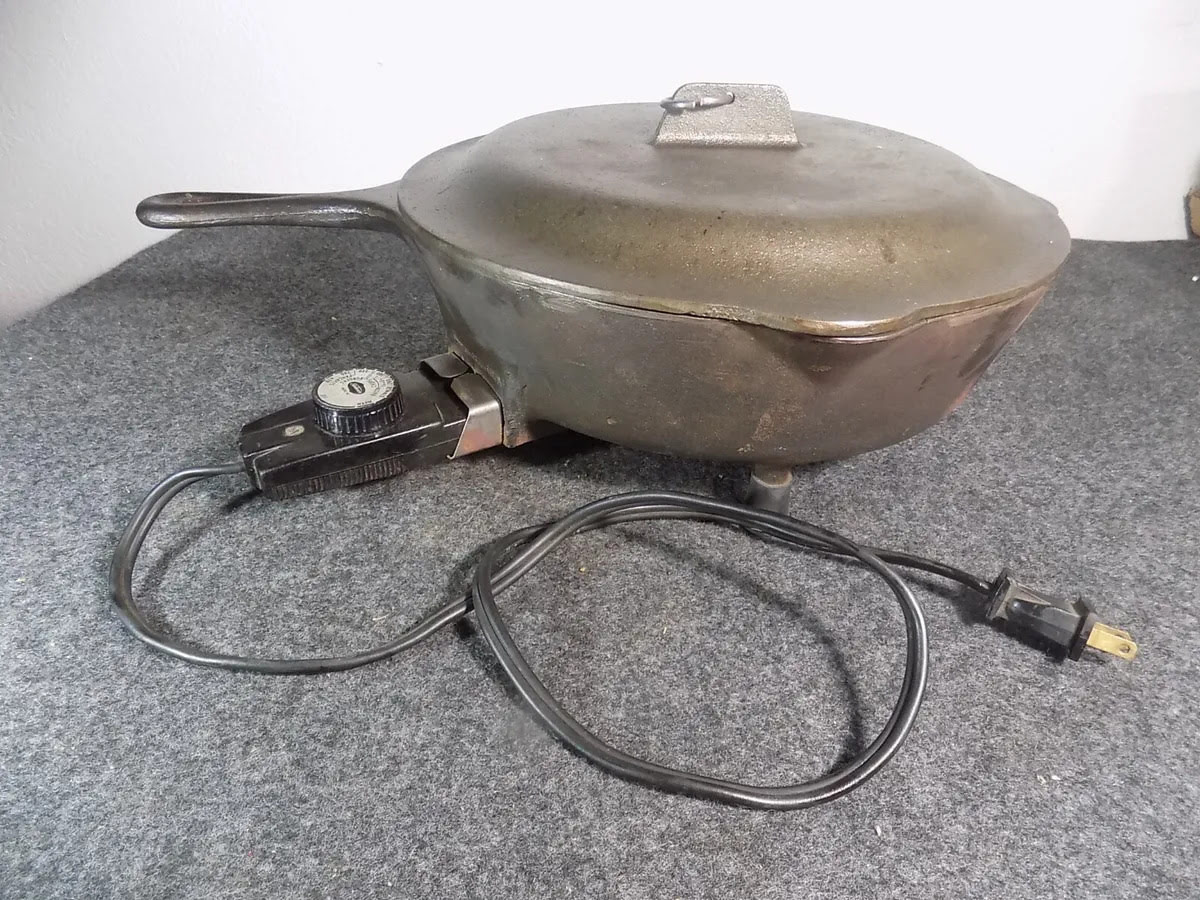
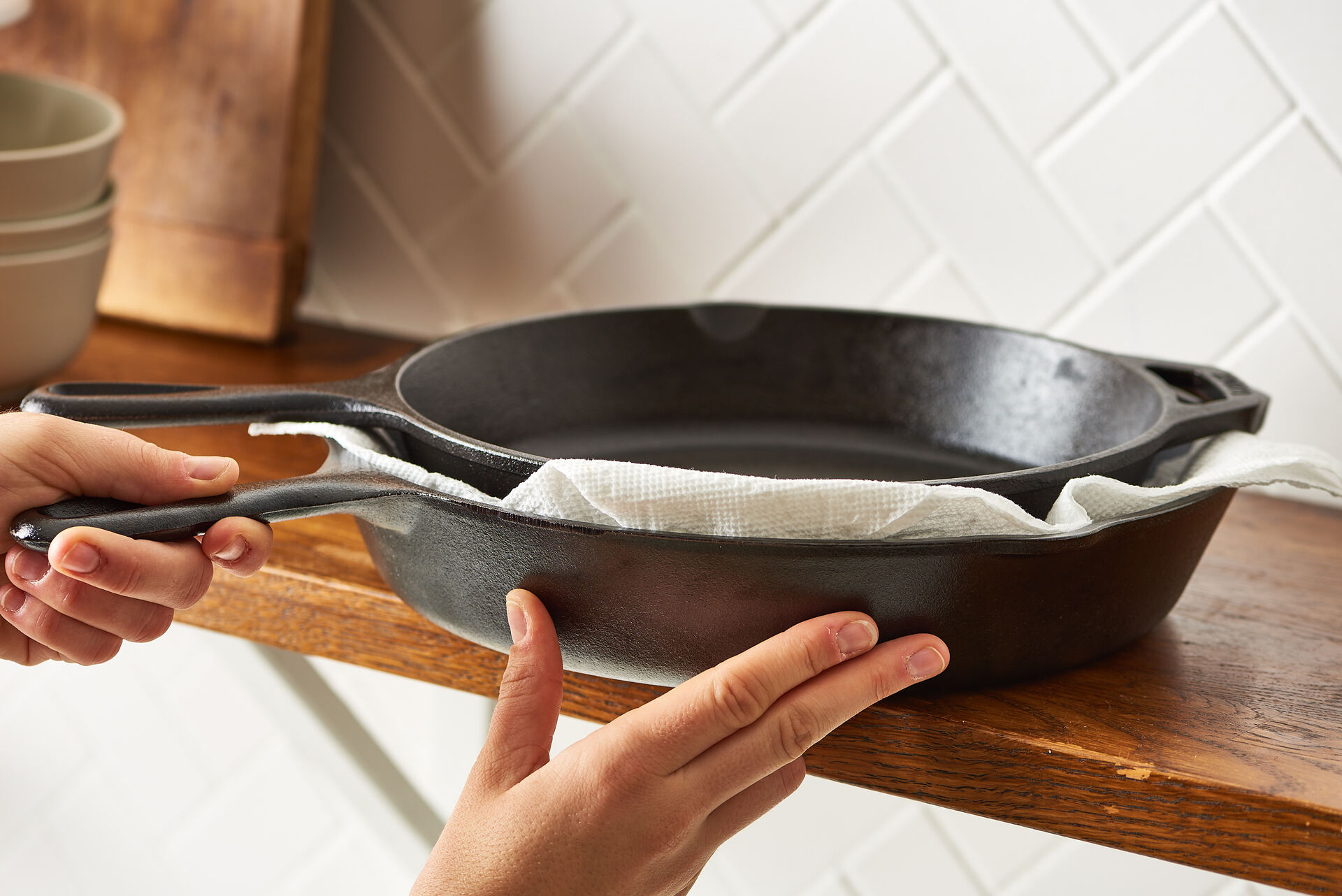
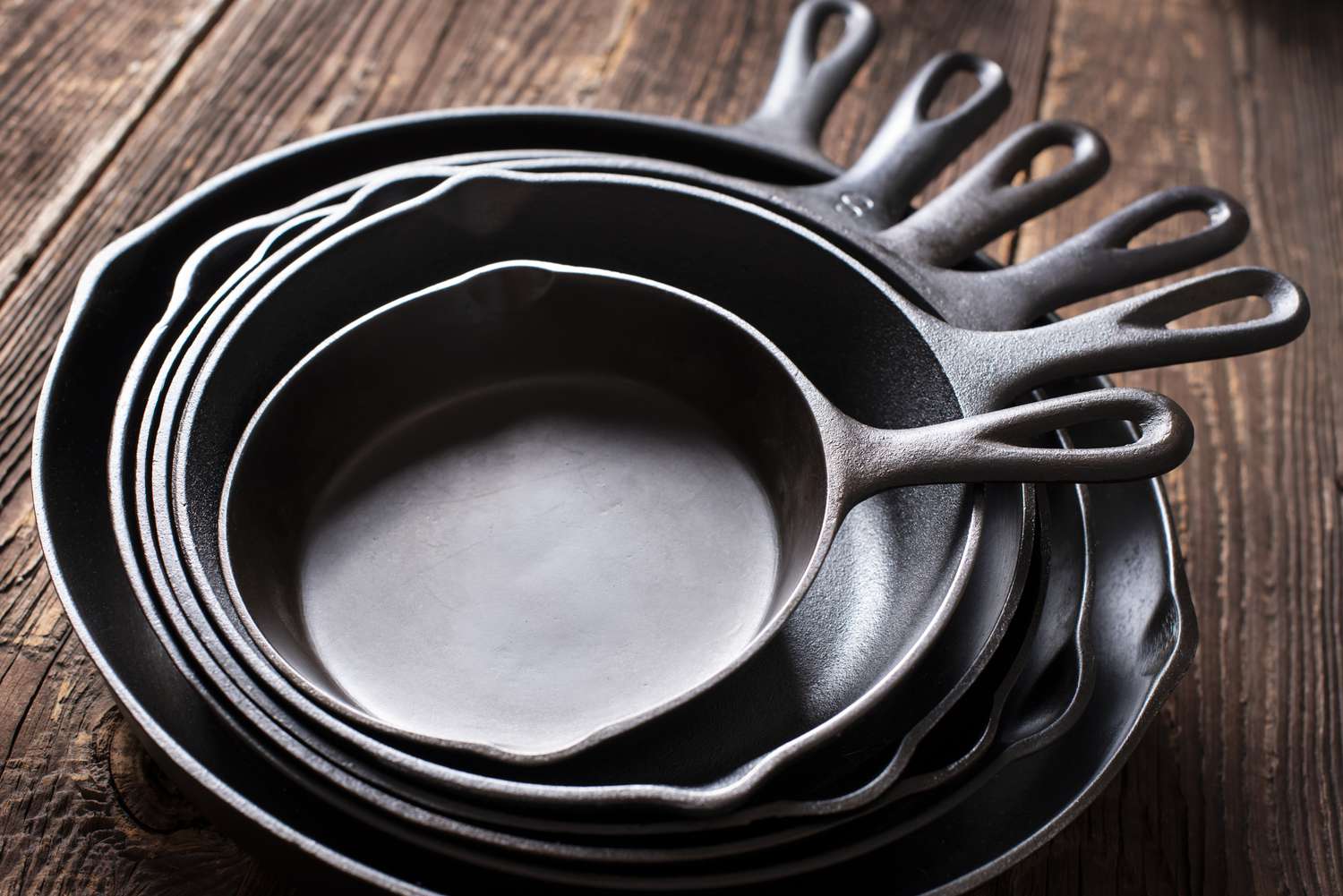
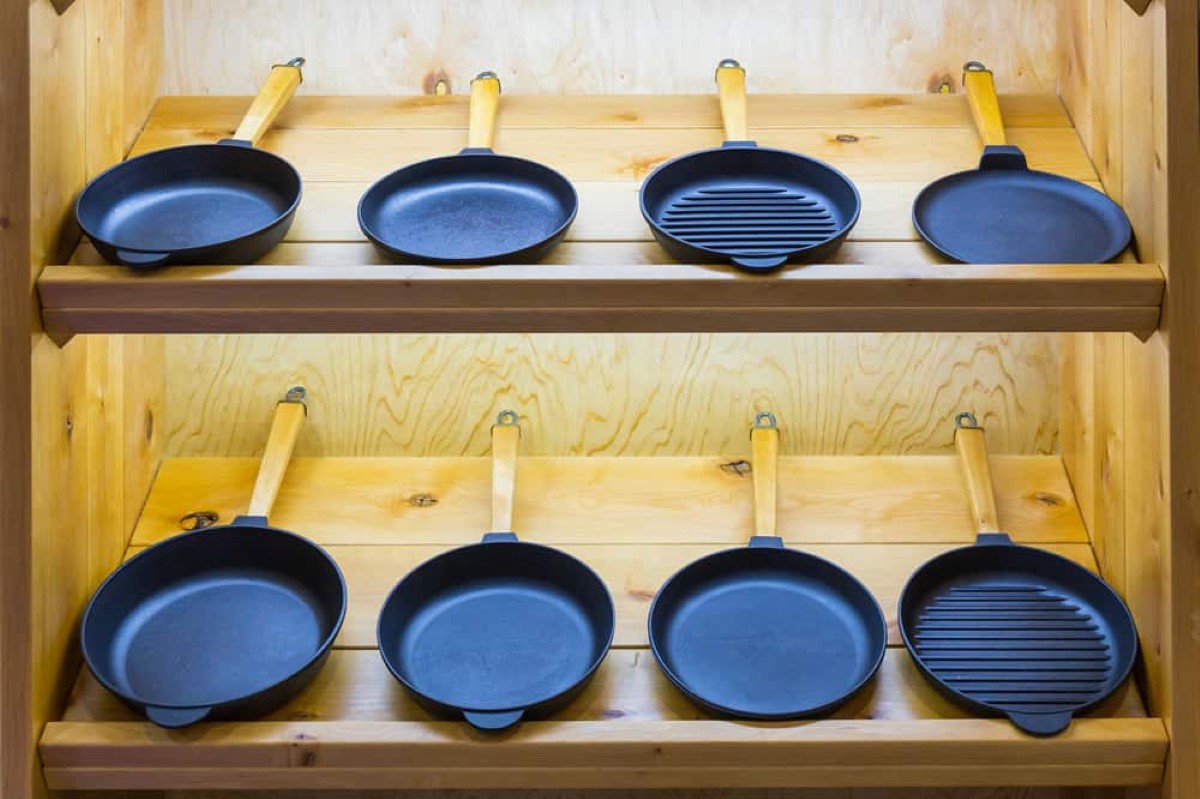
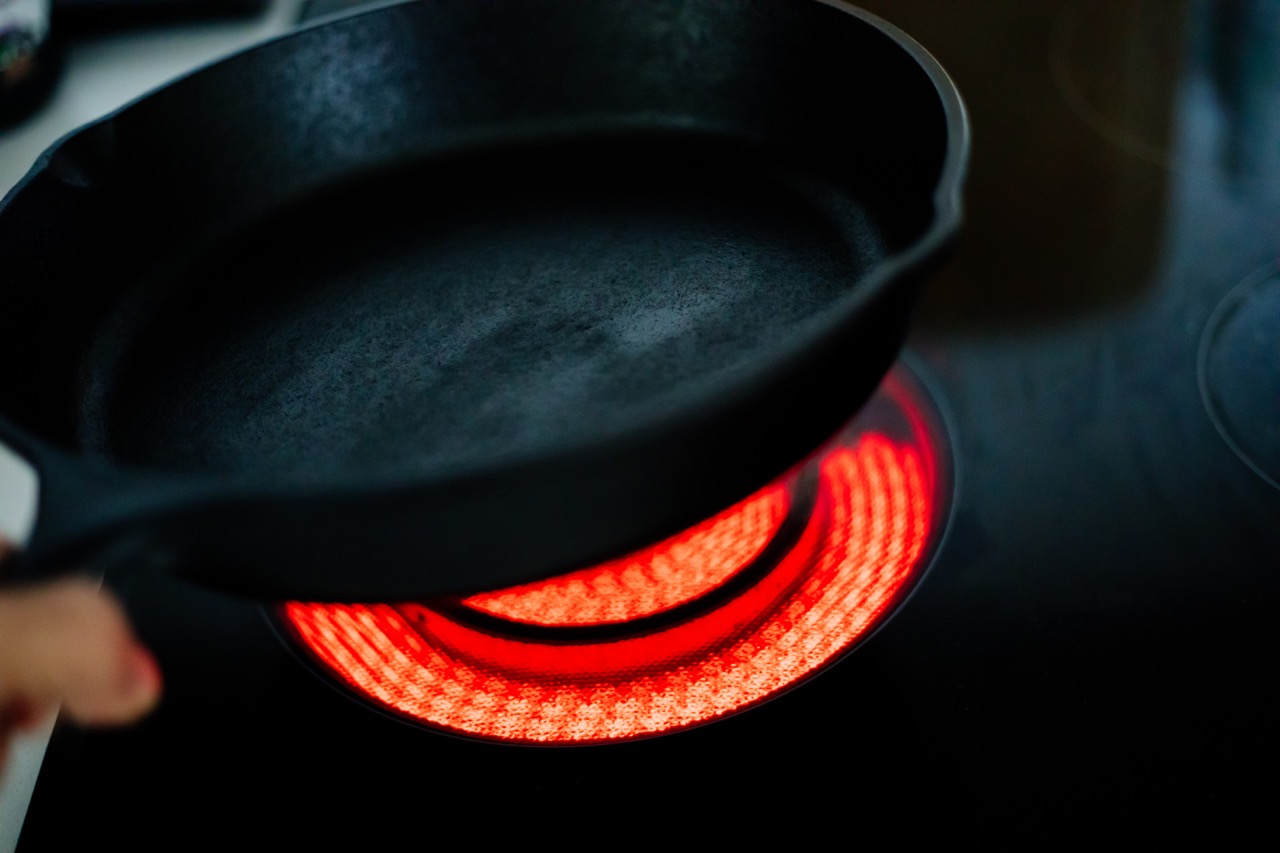
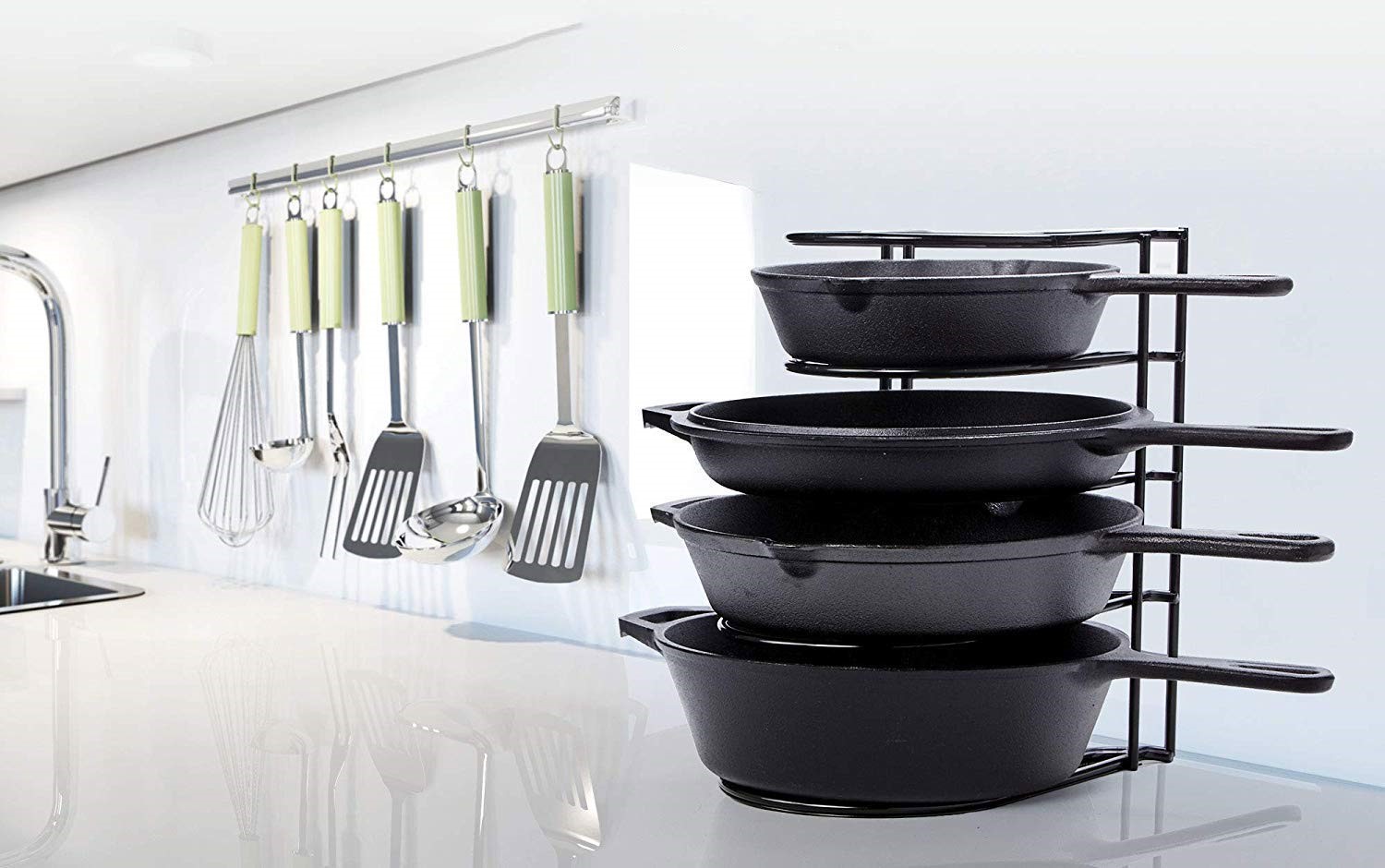
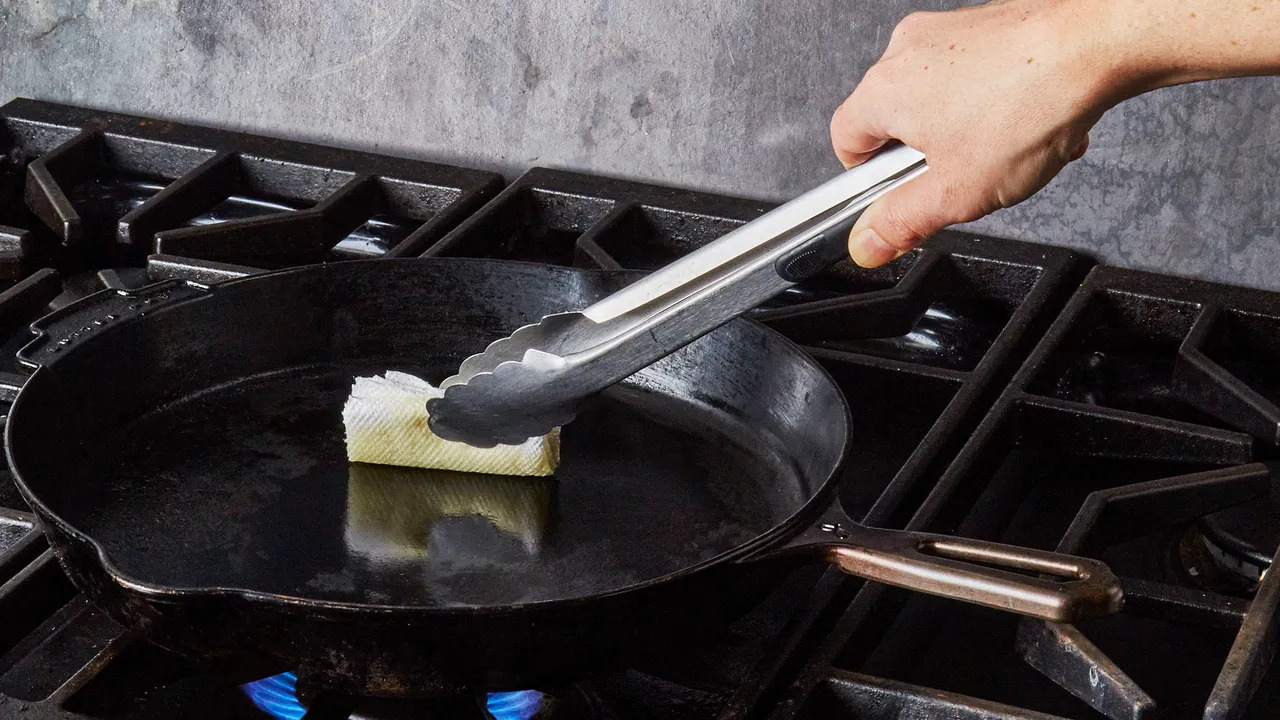
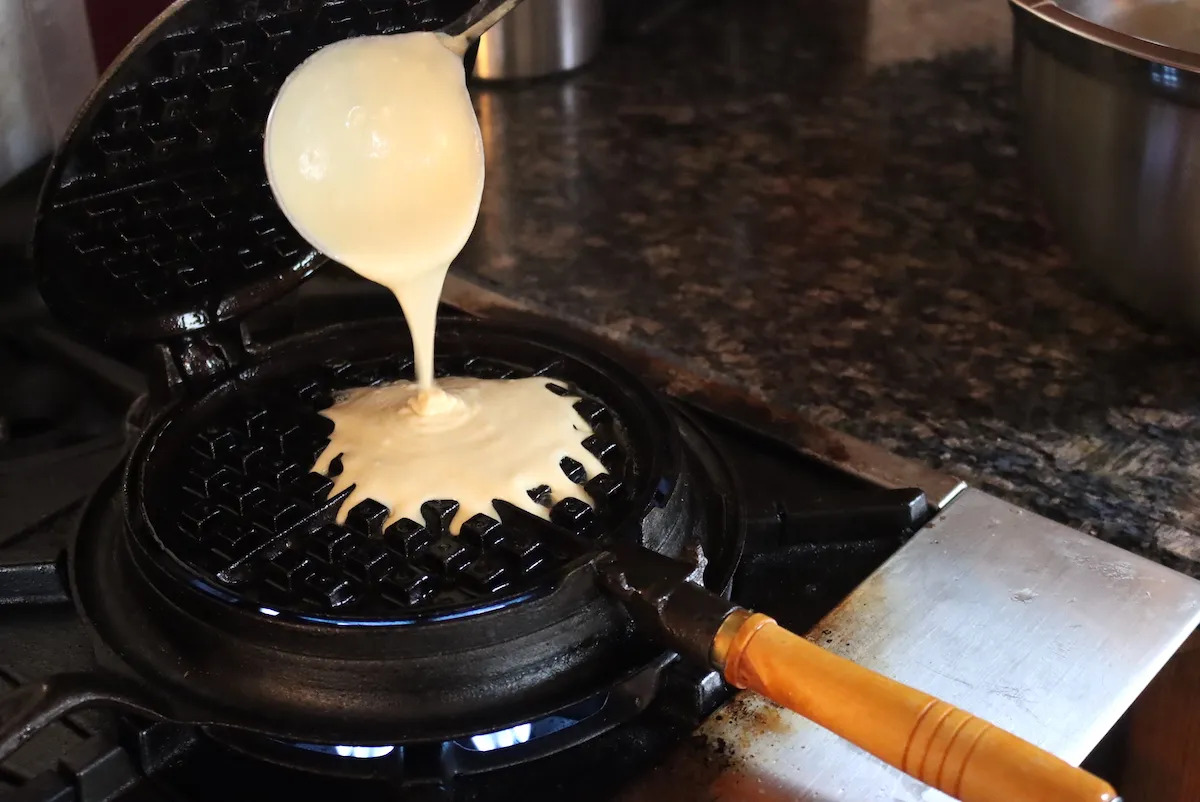
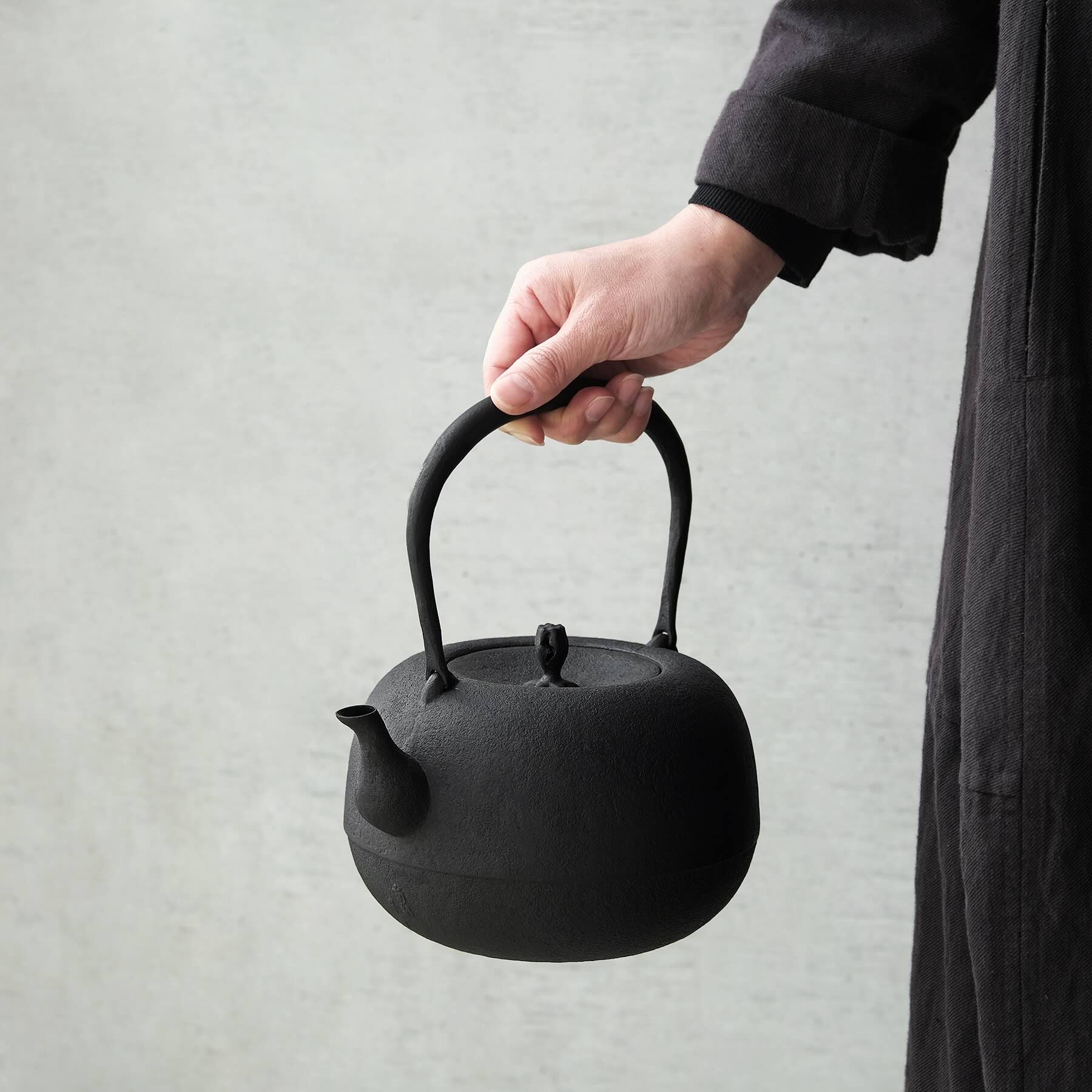
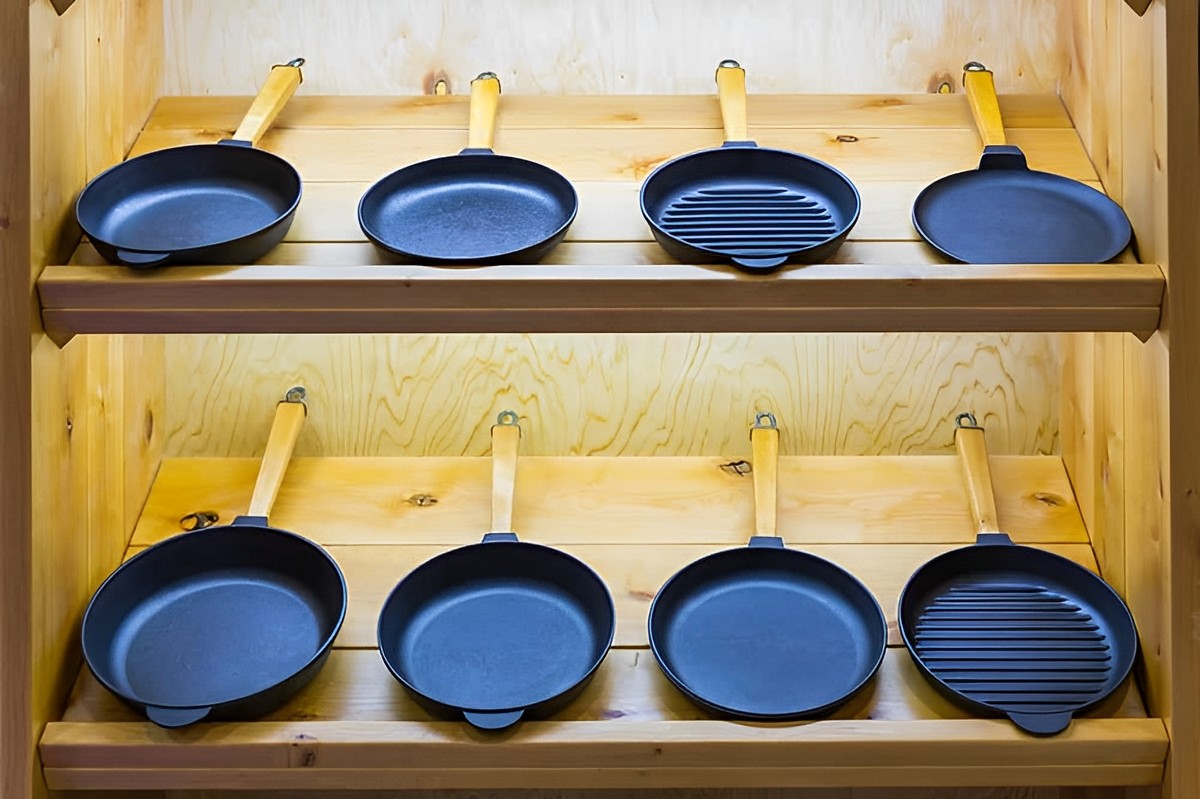
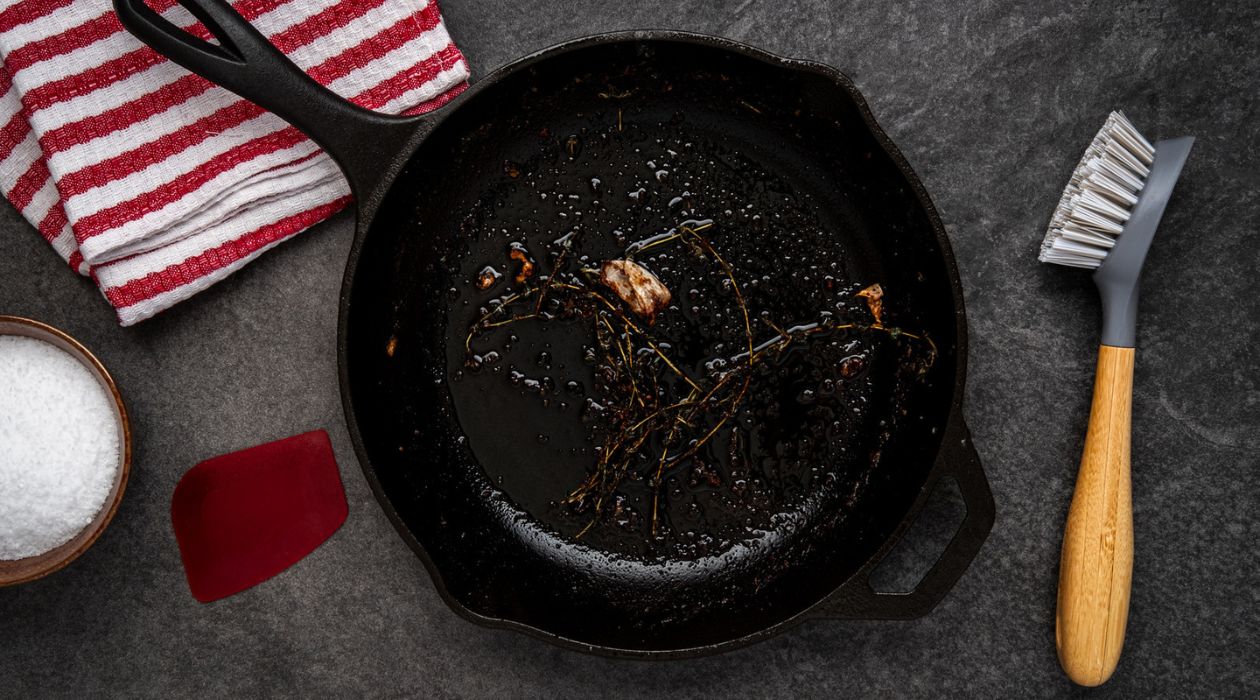
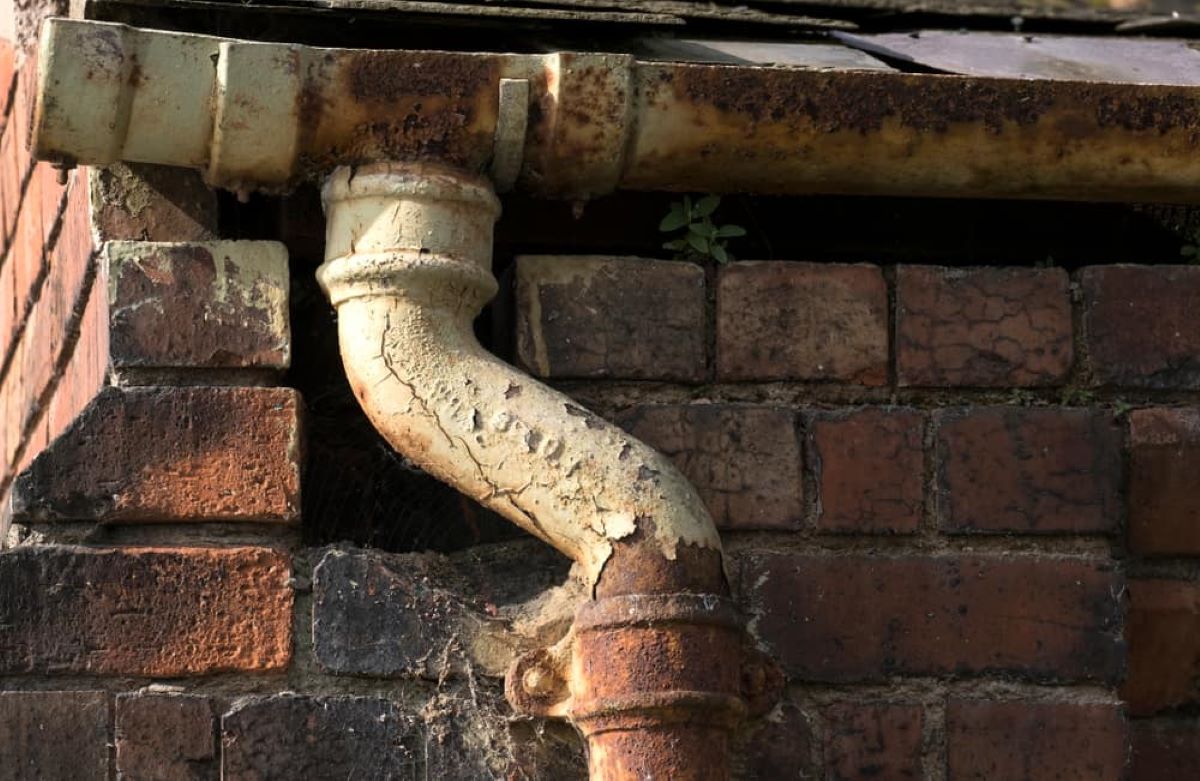
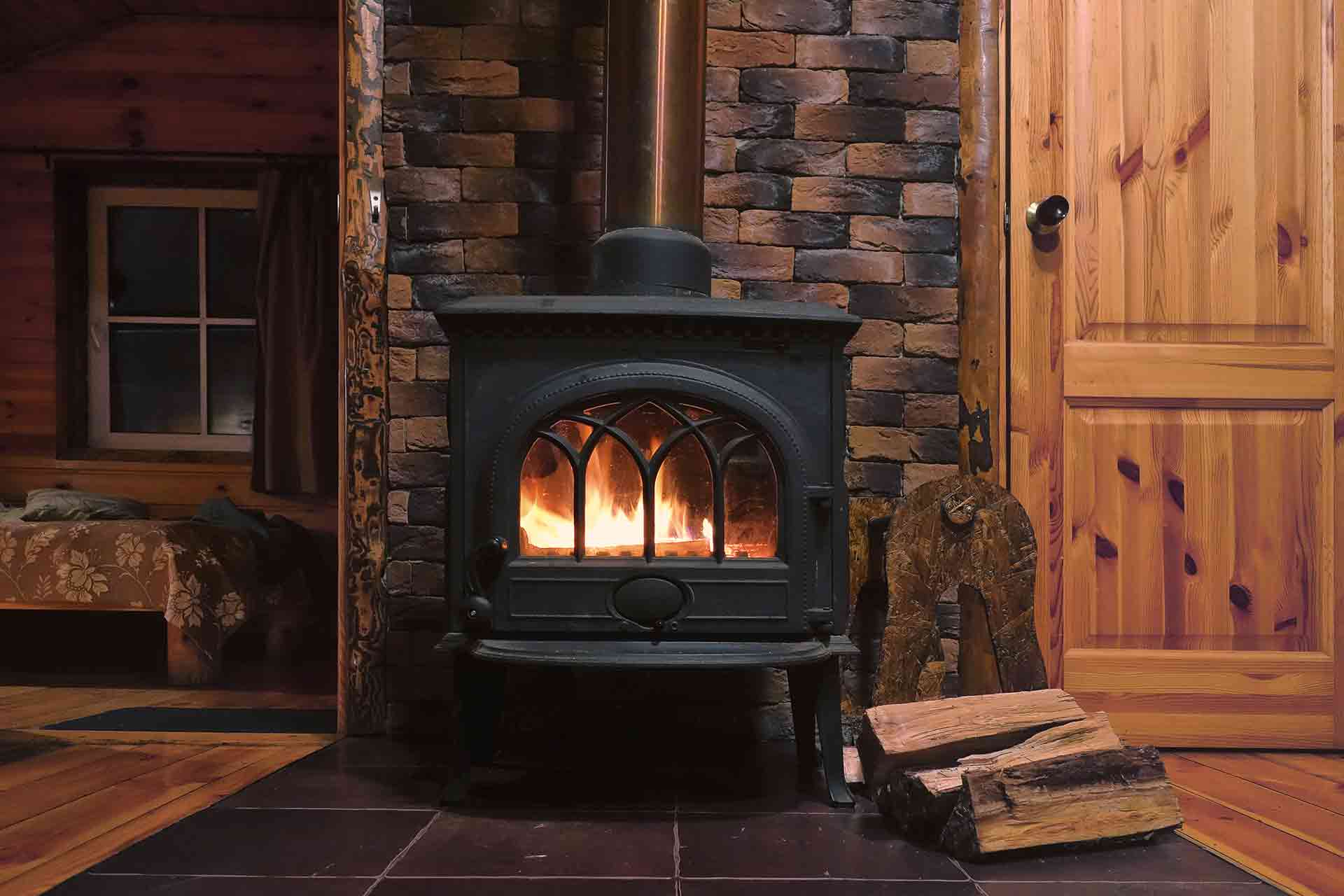
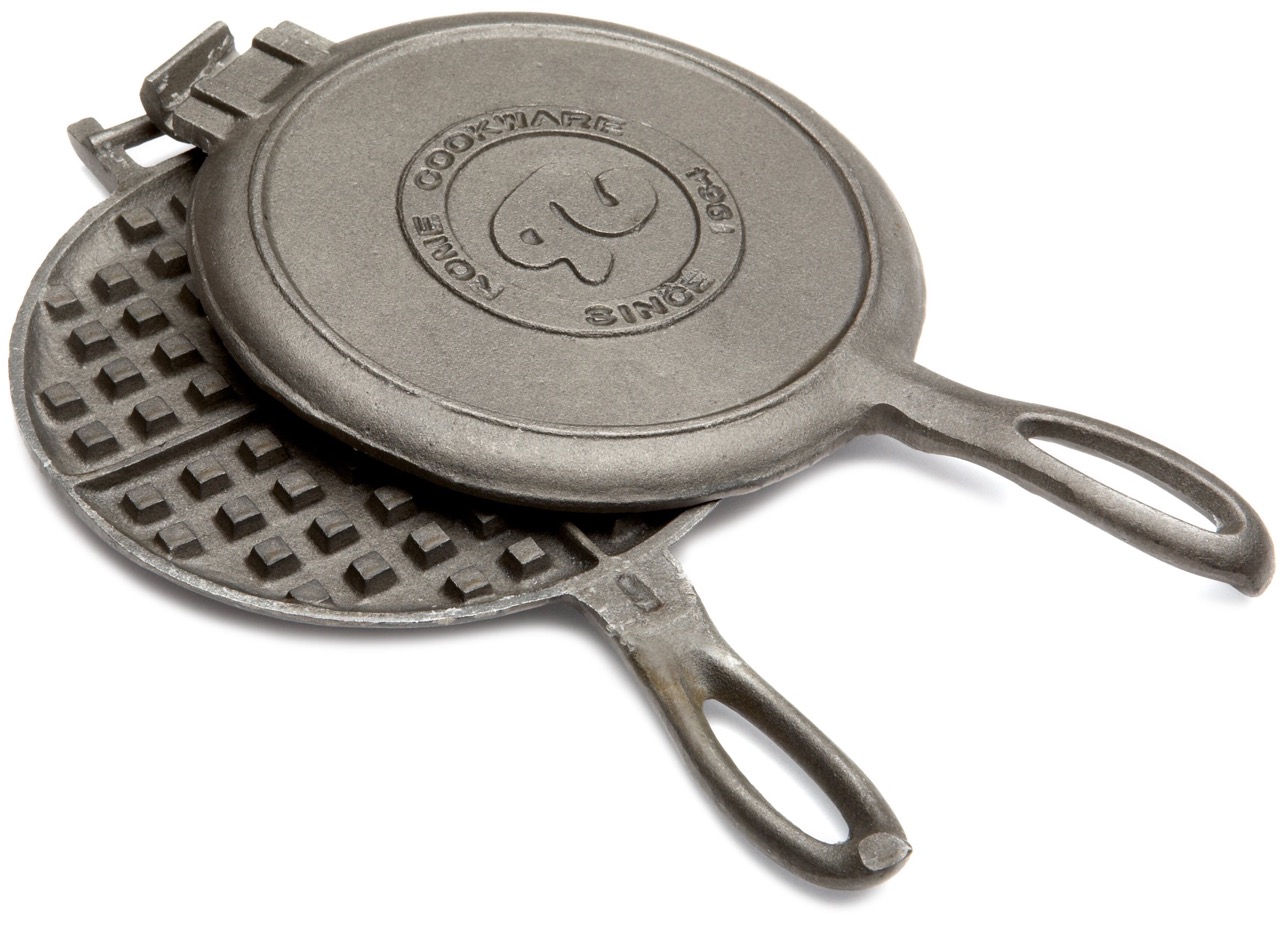

0 thoughts on “How To Store Cast Iron Skillet”